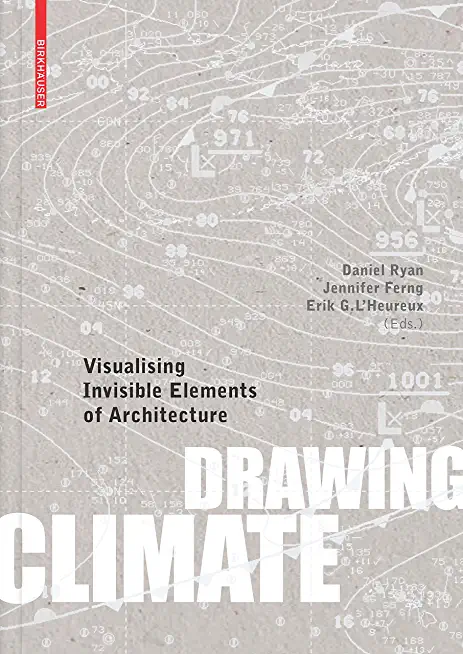
Ephemeral phenomena like fire, precipitation, shade, and wind have emerged as important contemporary protagonists for environmental design due to their dynamic impact on buildings and cities. The importance of including these forces in architecture has gained rapid momentum in the global quest for sustainability.
This book investigates the history, theory and applications of climatic design in the built environment examining architecture and landscapes from various time periods. Based on a collaboration between the University of Sydney and the National University of Singapore, the book brings together contributing authors from Australia, Singapore, and the United States.
"Dry", "Wet", "Cool" and "Hot" divide the book into categories through which a wide array of representational topics are covered --from dust storms and clouds, to ice and bushfires. A concluding section presents project examples for exploratory application in the design of architecture.







